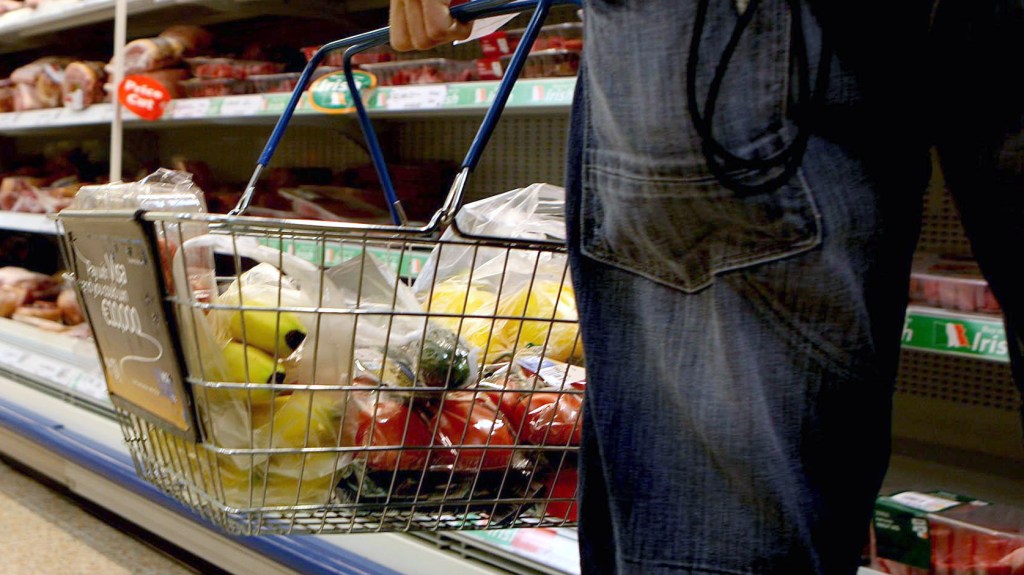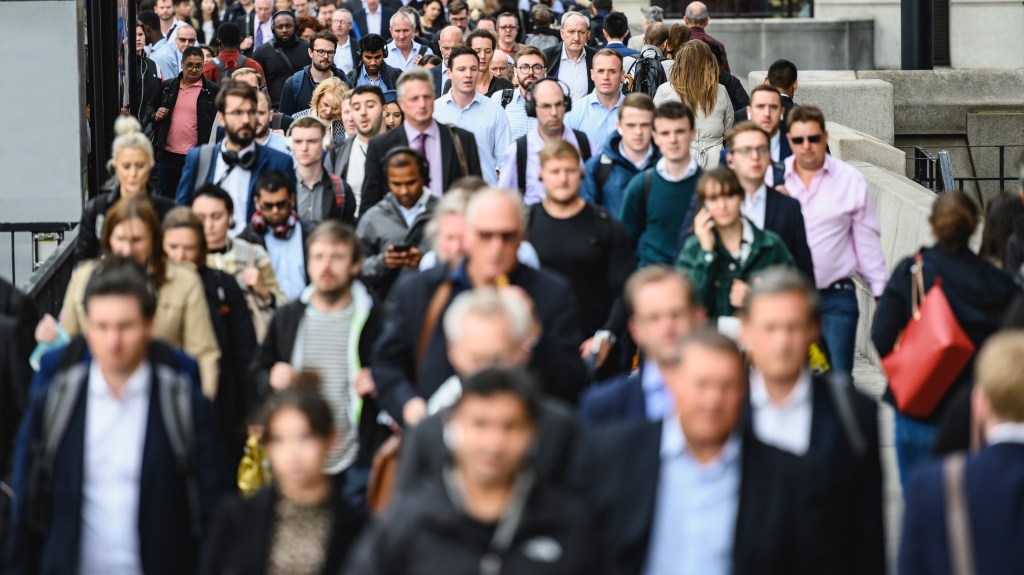UK Fresh Food Prices Surge to 2.4% Inflation
British households have experienced a hike in steak prices this month, driven by an increase in fresh food inflation that has affected beef and other agricultural products.
The UK’s retail sector has expressed concern that escalating taxes may further inflate prices, as food costs rose for the fourth consecutive month in May, according to findings from the British Retail Consortium (BRC) in collaboration with market research group NielsenIQ.
Fresh food inflation has reached 2.4 percent year-on-year in May, a rise from 1.8 percent in April, while overall food inflation increased to 2.8 percent from the previous month’s 2.6 percent, with fresh produce being the primary contributor.
Food prices are noted for their volatility, influenced by a range of factors including supply-chain disruptions and fluctuations in global commodity markets.
The surge in wholesale beef prices during April resulted from reduced beef supplies and heightened demand. Contributing factors included a decline in domestic cattle numbers, worldwide shortages, and increased international demand, particularly from China.
Despite the overall rise in food prices, inflation for long-shelf-life items such as ambient food decreased to 3.3 percent, down from 3.7 percent in April.
The BRC-NielsenIQ Shop Price Index, which monitors the costs of thousands of retail goods, indicated that shop prices remained stable in May. Non-food prices experienced a decline of 1.5 percent, although this drop was slightly less pronounced than in April.
In sectors like fashion and furniture, retailers are scaling back on aggressive promotional discounts, and prices for electrical goods have seen a sharper decrease as stores endeavor to boost sales before potential impacts from new tariffs imposed by the U.S.
Helen Dickinson, CEO of the BRC, urged government officials to reconsider the fresh tax burdens on the retail industry, cautioning that rising policy-driven expenses could lead to increased costs for consumers.
“Retailers are currently absorbing an additional £5 billion in costs from the rise in employer national insurance contributions and the increase in the national living wage,” Dickinson stated.
She highlighted that towards the end of the year, retailers will confront another £2 billion in expenses due to the new packaging tax, along with further employment costs stemming from the forthcoming employment rights bill.
Dickinson stressed the potential impact of these rising statutory costs on shop prices, stating: “If these expenses continue to escalate for retailers, households should prepare for more challenging times ahead as prices increase more rapidly.”
It is anticipated that interest rates may only see one last reduction this year, following the release of official statistics last week indicating an inflation rate of 3.5 percent for the twelve months leading up to April. This figure represented an upturn from 2.6 percent the previous month and marked the highest level in over a year, propelling the pound to its strongest position against the dollar since 2022.
This situation has prompted investors to project that the Bank of England will implement just one more quarter-point decrease in rates this year.
Sharp increases in household expenses, including energy, water, and broadband bills, have been cited as key drivers behind the inflation spike, particularly during what analysts have labeled “awful April.”




Post Comment